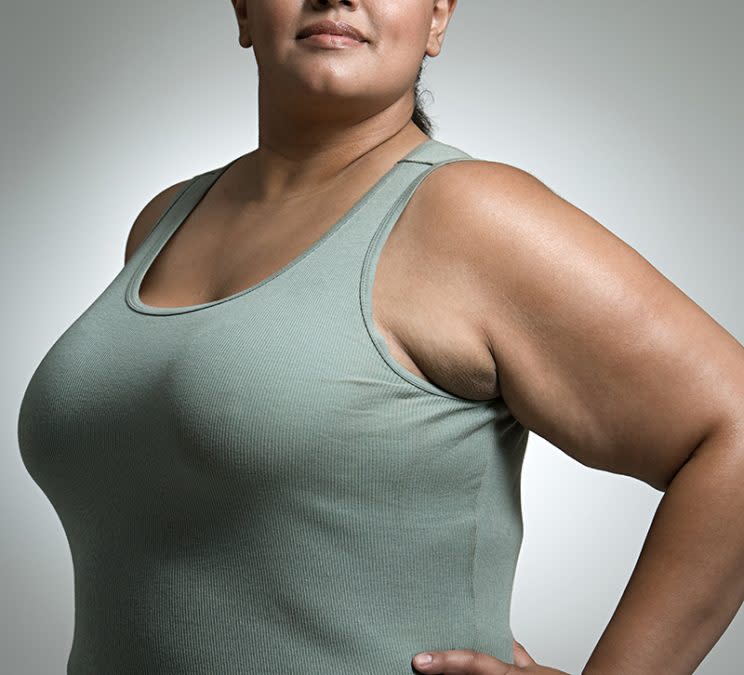Will Doctors One Day Cure Obesity by Zapping Patients’ Brains?
What if the solution to obesity didn’t have to involve difficult diets or dangerous surgeries? What if it could be as easy as putting on a helmet that zaps your brain just so? We’re not there yet, but a new study in Italy shows how it may be possible and the surprising reason it could work.

The technical term for that brain zap is deep transcranial magnetic stimulation, or dTMS, a noninvasive technique that is currently being used to treat patients for depression and addiction. An electromagnetic coil in a helmet sends pulses to nerve cells to stimulate the release of neurotransmitters. In the case of addiction, the prefrontal cortex is the target of that stimulation, prompting the release of dopamine, the chemical that rewards us with pleasure. Livio Luzi, MD, a professor and head of endocrinology at the IRCCS Policlinico San Donato and the University of Milan, has been studying whether dTMS could be effective in treating obesity as an addiction to food. It worked in a way he and his team didn’t quite expect.
“The treatment is quite short; it lasts five weeks and consists of 15 sessions, but what we are finding in our patients is that the effect [in the treatment group] is really long-lasting,” Luzi told Yahoo Beauty. “After six months, and in some patients after 12 months, they are still eating less and losing weight.”
That prompted Luzi to run a smaller study to see what might be extending the effect. This time researchers divided 14 clinically obese patients (three men and 11 women) ages 22-65 into two groups. One group received half-hour dTMS treatments three times a week for five weeks, while the other received a fake version of the treatment. After five weeks, the patients who had received dTMS had lost an average of 3 percent of their weight and 4 percent of their body fat, significantly more than the control group.
From several things measured in the patients, one big clue emerged: The fecal matter of the treated group showed that their gut microbiota contained more of the healthy bacteria associated with anti-inflammatory properties and a reduction of appetite. That means those zaps to the brain may have directly altered the subjects’ gut microbiome.
Luzi cautions that this was a very small test group, and there are other possible hypotheses for the long-lasting weight loss. It’s possible that after the initial weight loss from the dTMS, the subjects became more active because they had an easier time moving around. The stimulation may have also triggered a more permanent change in the subjects’ neural connections — that other fascinating phenomenon called neuroplasticity. But so far, the evidence is strongest for what scientists like to call the “gut-brain axis.”
Luzi is presenting these preliminary results at a meeting of the Endocrine Society in Orlando this Sunday. He and his team are applying for grants to run the experiment on a larger population.
With very few side effects (5 to 10 percent get a headache), dTMS could one day be a promising alternative to the invasive methods doctors currently use to treat obesity.
Read more from Yahoo Style + Beauty:
Josh Bartosz Lost 141 Pounds: ‘Raising My Standards and Setting New Goals Keeps Me Motivated’
Ashley Graham Avoids Instagram Censorship With Shadows and Posing
This Body-Positive Model Has Us Thinking Twice About the Word ‘Sexy’
Follow us on Instagram, Facebook, and Pinterest for nonstop inspiration delivered fresh to your feed, every day. For Twitter updates, follow @YahooStyle and@YahooBeauty.
